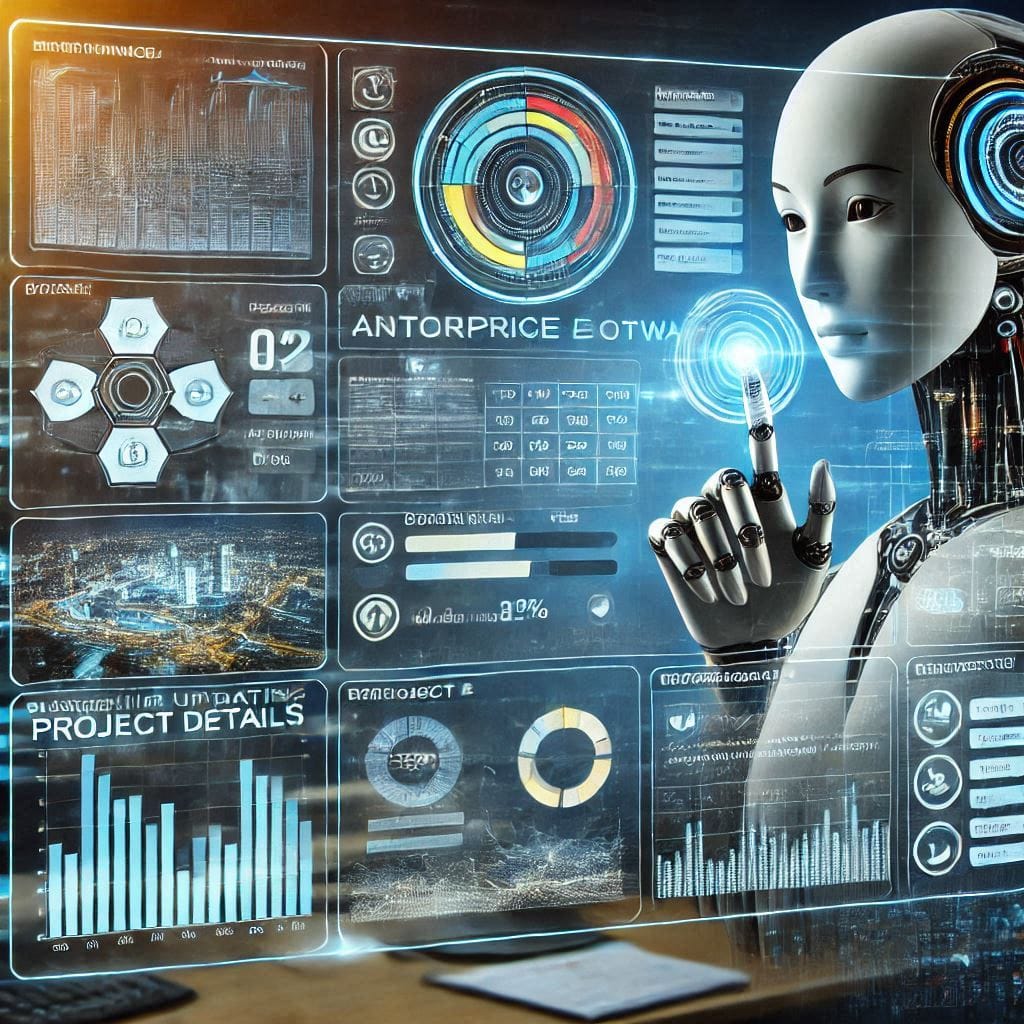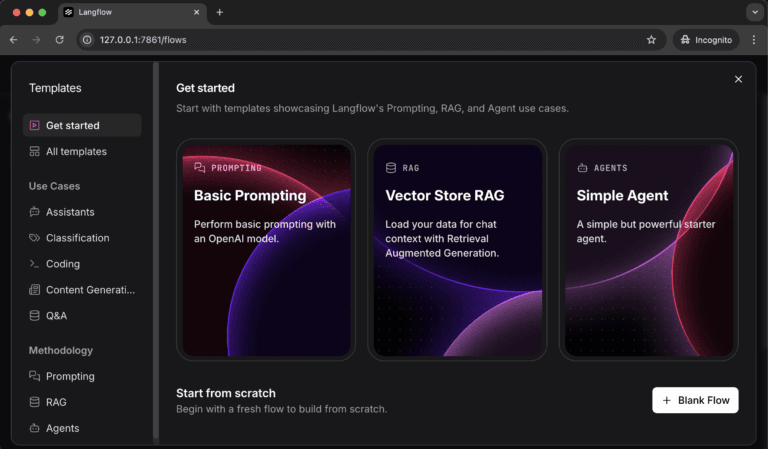Introduction:
In recent years, the term
AI agents has gained significant attention in the software development world. With their
dynamic intelligence,
autonomy, and ability to make complex decisions, AI agents are quickly emerging as the next frontier in
automation. But how do they differ from
traditional workflows and
rule engines, which have long been the go-to solutions for automating business processes and tasks?In this article, we’ll delve into the fundamentals of AI agents, how they are reshaping the automation landscape, and why they are the future of intelligent systems. By the end, you’ll understand the key differences between AI agents and traditional automation systems, and why adopting AI agents might be essential for complex, evolving tasks.
What Are AI Agents?
An
AI agent is a software entity that can autonomously perceive its environment, reason about it, and take actions to achieve specific goals without direct human intervention. AI agents are
self-aware and capable of learning from their environment, adapting their behavior over time. They use techniques such as
machine learning,
natural language processing, and
reinforcement learning to make
data-driven decisions and continuously improve their performance.At the core of AI agents is the ability to:
- Sense: Gather information from their environment, including user input, system states, and external data.
- Reason: Process this information to understand the context and determine the best course of action.
- Act: Perform actions autonomously based on reasoning, and learn from the outcomes to adapt in the future.
How AI Agents Work: Key Components
- Perception and Data Collection: AI agents are equipped to gather and analyze data from multiple sources. This can include structured data (e.g., database queries), unstructured data (e.g., text or images), and real-time inputs (e.g., system performance metrics, user actions).
- Decision-Making and Reasoning: AI agents use algorithms, like decision trees, reinforcement learning, or neural networks, to analyze data, learn from past experiences, and make decisions about the best actions to take. This makes them more than just rule-based systems—they reason based on context and adapt to new scenarios.
- Autonomy and Action: Once a decision is made, the agent autonomously performs the required actions. These actions can range from triggering a workflow, sending notifications, changing system configurations, or interacting with users. Unlike traditional systems, which are limited to pre-defined tasks, AI agents can operate independently and even initiate new tasks when needed.
- Learning and Adaptation: Over time, AI agents learn from their actions and adjust their strategies to optimize outcomes. This continuous learning enables them to improve their decision-making and behavior in unpredictable environments.
AI Agents vs Traditional Automation: The Key Differences
While both AI agents and traditional systems such as
workflows and
rule engines aim to automate tasks, there are notable distinctions in how they operate and solve problems.
1. Decision-Making Flexibility:
- AI Agents: They are context-aware and can make decisions based on real-time data and the larger picture. AI agents don’t follow a set of predefined steps but rather reason through dynamic conditions to determine the most appropriate action. They are not limited by rigid rules and can adjust their actions based on new insights or evolving situations.
- Traditional Automation: Workflows and rule engines are often rule-based. They execute a fixed series of steps based on defined triggers, and their actions are constrained to pre-programmed conditions. If a new scenario arises, the workflow or rule engine requires manual updates to handle it.
2. Learning and Adaptability:
- AI Agents: One of the biggest advantages of AI agents is their ability to learn from experience. Through machine learning algorithms, AI agents can refine their behavior over time. They can automatically identify patterns in the data, adjust their strategies, and optimize their performance based on previous outcomes.
- Traditional Automation: Workflows and rule engines do not learn from their actions. They follow a linear or predefined path. While rule engines can adapt by modifying the rules manually, they lack the autonomous learning capabilities inherent in AI agents.
3. Handling Complex and Unpredictable Tasks:
- AI Agents: AI agents are designed to handle complex and dynamic environments. They can deal with unpredictable scenarios, make decisions on-the-fly, and adjust their strategies accordingly. AI agents are often used in situations where traditional workflows and rule engines would struggle—such as real-time decision-making, natural language processing, and multi-agent coordination.
- Traditional Automation: While workflows and rule engines are highly efficient for structured, repeatable tasks, they struggle with complexity. They are ideal for deterministic tasks, where the input-output relationship is well-defined and consistent. When the environment changes, traditional systems often require manual reconfiguration.
4. Proactivity vs Reactivity:
- AI Agents: AI agents are proactive—they do not wait for a trigger to act. They can take actions based on continuous monitoring and feedback loops. For example, an AI agent in a customer service setting can recognize a recurring issue, escalate the case, and even recommend proactive actions without being explicitly told to do so.
- Traditional Automation: Traditional systems like rule engines are typically reactive—they act in response to predefined conditions or external events. They cannot take action without being explicitly triggered by a user or another system event.
5. Multitasking and Goal-Oriented Behavior:
- AI Agents: AI agents are multi-faceted and can handle multiple interconnected tasks. They can manage a series of operations in parallel, adjusting their actions based on complex goals. AI agents also optimize their strategies towards long-term objectives, rather than simply completing individual tasks.
- Traditional Automation: Workflows and rule engines excel at task-based automation but are typically linear and focused on completing one task at a time based on a strict sequence of actions.
Use Cases for AI Agents
- Customer Support Automation: AI agents in customer support can handle repetitive inquiries, understand the context of user requests, and escalate complex issues to human agents when needed. They learn from customer interactions to offer more personalized and effective responses.
- Smart Home Automation: AI agents in smart homes can proactively adjust the environment based on sensors, user habits, and preferences. They can autonomously trigger actions such as adjusting temperature or turning off lights based on user behavior or external factors.
- Cybersecurity: AI agents in cybersecurity can detect and respond to threats in real-time. They analyze patterns, detect anomalies, and automatically block potential threats, adapting their strategies to new attack vectors over time.
- Business Process Automation: AI agents are increasingly used to automate complex business processes that involve decision-making, interactions with various systems, and adjustments based on real-time data. These tasks might include supply chain management, HR operations, and financial decision-making.
Conclusion: Why AI Agents Matter
AI agents are a leap forward from traditional automation systems. They provide
intelligent decision-making,
adaptability, and the
ability to handle complexity that traditional workflows and rule engines cannot match. As businesses and software systems increasingly require dynamic and evolving responses,
AI agents will play an essential role in driving the future of automation.By combining the power of
intelligence, autonomy, and continuous learning, AI agents can deliver superior performance across a wide range of industries. They represent the next evolution in how machines interact with and serve humans, providing the flexibility and adaptability needed in a rapidly changing world.
Watch our detailed video guide on YouTube here. References:
Related Posts:



I enjoyed reading this article. Thanks for sharing your insights.